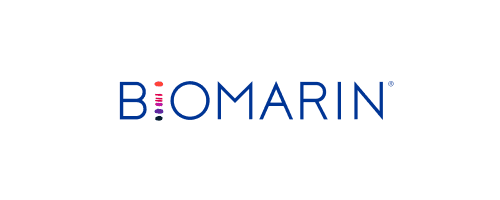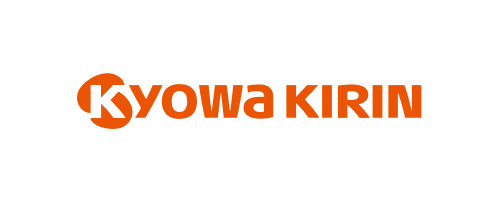BioMarin: Prepping for Omnichannel Success with a Scalable Content Model
“The shift that omnichannel brings is a good opportunity, particularly for us in emerging pharma, where resources are often constrained.”
When Tom Zito and his team at BioMarin Pharmaceuticals set out to scale marketing content as part of a true omnichannel approach, they wanted to streamline processes and keep the focus on creating personalized customer content. So, they did due diligence by taking stock of teams, processes, and technology while keeping data as their north star.
“Auditing everything and aligning on our definition of omnichannel allowed us to move from talking about what we should do with our content to doing it,” says Zito, associate director of global content management operations.
Over the past year, BioMarin began analyzing content flow across select areas of marketing. Looking back at the planning stages, Zito says, “I wish it was as simple as ‘build it and they will come.’ But there were huge components to consider. First, we needed to demonstrate our capabilities for long-term support of omnichannel.”
The team strategized scaling its marketing content for omnichannel by mapping out three key areas — processes, governance, and metrics. Here, they share strategies for success.
Hear more practical tips from Tom Zito
1. Prevent poor process management by “smartly standardizing”
BioMarin is a global organization with processes that differ by region. To succeed in standardizing its content operating model, the team made changes only where it made sense to do so. For example, they carefully added new processes to existing workflows, allowing for the addition of omnichannel capabilities where there were none before. “We had to be mindful of bringing people in, making sure the initiative flowed together across regions and markets. We had to equip users with the right tools and processes. I think that’s where formalization and scaling came into play,” Zito says.
“We understood that certain practices could either enable or hamper our end goals, and I think that led us to a true evaluation of all of the processes and tools that we have in our suite, both content and data and elsewhere,” he says. Incorporating regional users’ perspectives also helped the team to avoid:
- Eliminating successful and valuable processes just for the sake of standardization
- Poor ongoing process management
- Sub-optimal system configurations that would impede MLR reviews, approvals, content distribution, and reuse
“It was important for us not to shortchange on any of the expected content process hazards because if we did, those gaps would follow us and become more glaring at each stage of the journey,” he adds.
2. Central oversight works when governance is inclusive
Often in business, the people who have the clearest vision of success for an initiative aren’t tapped early enough in the process to influence tools and technology decisions. Then later, they may not be given a seat at the table for long-term governance of the model. As a result, Zito says, “The team felt it was their responsibility as process and system owners to be very prescriptive about governance for all impacted end users.”
Ensuring equitable oversight of the new content management strategy required the team to thoughtfully select:
- An executive steering committee
- An application management team
- A group of hands-on process owners
Zito credits the team for finding the right people and building relationships before jumping into assigning leadership roles. “It was a great opportunity for us to empower certain people and again start to streamline some key decisions that historically had just been made at a higher level. The shift that omnichannel brings is a good opportunity, particularly for us in emerging pharma, where resources are often constrained,” he says.
3. You can’t improve what you aren’t measuring
Facing a near-total redeployment of their content management solution was daunting, but presented a huge metrics opportunity, according to Zito. “We had this chance to re-engineer our content model, configure things around what we want to measure, and to measure right,” he says. “Creating the right framework for measuring content effectiveness was essential to making refinements to the content strategy longer term.”
Data powers every aspect of marketing, but there’s a tipping point when decisions are slowed by too much, or ineffective, data collection. As a result, the key performance indicators (KPIs) to monitor weren’t straightforward at first. The team got the ball rolling by choosing metrics that tie directly to their goal of scaling content. “Important things that we wanted to see right at the start were content reuse and review metrics, both within a region and across regions,” Zito says. They also started small with data collection and reporting. “We wanted to be able to present unambiguous results to show our progress and areas of opportunity to leadership.”
Don’t discount DAM’s importance
Zito also says that when it comes to creating a single source of truth for content in omnichannel, using digital asset management (DAM) technology within PromoMats is a huge foundational component. “It goes back to the idea of being strategic about what you put in the content management system — identifying your core content versus derivative content. It’s a huge opportunity to lessen the burden on your end users, particularly your agencies.”
And because BioMarin’s omnichannel journey meant reconfiguring its content management model, Zito says, “It really boils down to taxonomy because it dictates and drives the routing of content and the security permissions. We had a very flat taxonomy structure that caused us to propagate a lot of different, unique document types, [making classification harder]. We found that rectifying our taxonomy had great value.”
Learn more about successful content practices from emerging biopharma leaders.



